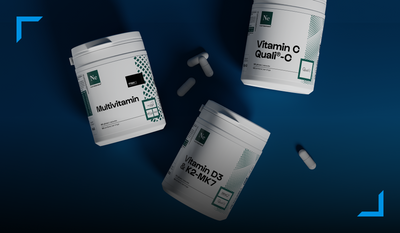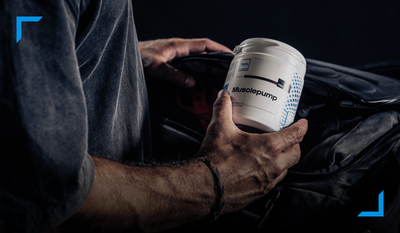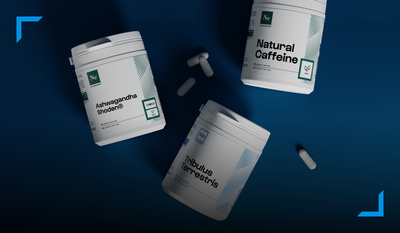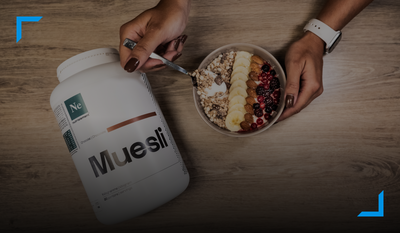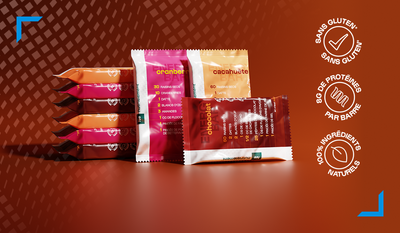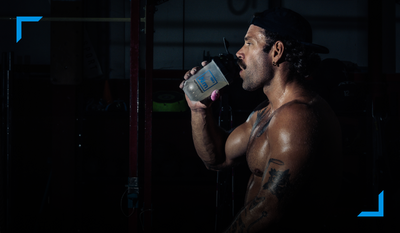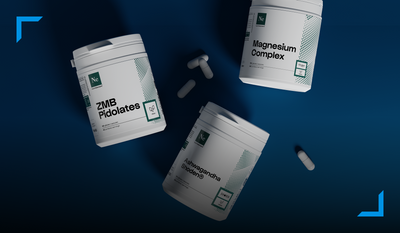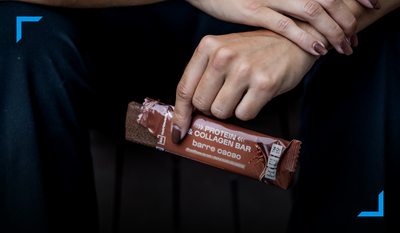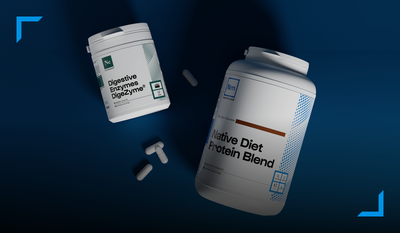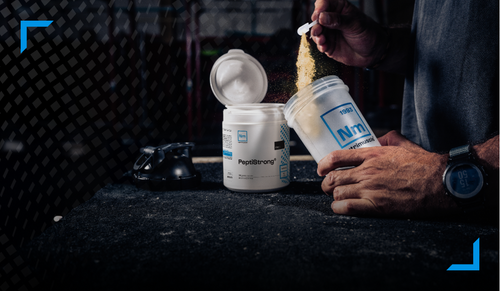0 commentaires
A person's metabolism influences their body type. As part of weight loss, it can be difficult for some people to burn fat. Nutrimuscle explains what metabolism is, and how to increase it in order to burn more fat .
Contents
What is metabolism?
Metabolism is the process by which the body converts food into energy. It is a complex process that involves the transformation of nutrients into energy to maintain vital bodily functions. It depends on different factors: age, sex, weight, height, lifestyle, level of activity, environmental temperature, hormonal balance, or even genetics.
Metabolism is divided into two main parts: basal metabolism and active metabolism.
Basal metabolic rate is the amount of energy your body expends to maintain vital functions, even when you are at rest. This includes breathing, blood circulation, body temperature regulation and digestion. Basal metabolic rate typically accounts for 60-75% of total energy expenditure.
Active metabolism , on the other hand, is the amount of energy your body expends on daily activities such as walking, running, playing sports, doing housework, and even eating. Active metabolism can vary greatly from person to person depending on the level of physical activity. It includes several factors:
Everyday actions require energy, so they are part of the mechanics of metabolism. Thinking, speaking, moving, these small actions represent 15 to 30% of total expenses. This value increases drastically during physical or sporting effort.
10% of daily energy expenditure is related to digestion. The heat released by the body allows thermogenesis to take place. The latter increases the metabolism and therefore helps to burn fat.
Temperature can also influence metabolism. When the body is exposed to cold temperatures, it has to work harder to maintain normal body temperature, which can speed up metabolism.
There are several different types of metabolisms and morphologies. Some people have a faster metabolism and burn calories faster, while others have a slower metabolism and tend to burn calories more slowly.
Body type plays an important role in how the body stores and burns fat. There are several types of morphology:
- Ectomorph morphology: these people have a light build and struggle to gain weight. Their metabolism is very fast, but muscle gain is difficult. These are the people who respond best to taking Hard Gainer.
- Endomorph morphology: unlike ectomorphs, endomorphs store fat easily. They gain muscle easily, but struggle to lose fat. Their metabolism is slow.
- Mesomorphic morphology: mesomorphic people gain muscle mass easily and have no problem losing weight quickly. Their metabolism is said to be “normal”, neither slow nor fast.
How to increase your basal metabolic rate?
Against a slow metabolism or difficulty burning fat, there are several ways to increase your metabolism.
The practice of a physical activity makes it possible to accelerate the metabolism, thanks to the process of catabolism. To feed the cells, the body draws on fat stocks. Additionally, recovery also puts a strain on the metabolism as it raises its temperature to repair muscle tissue.
Strength training or cardio HIIT are sports practices that increase basal and active metabolism by 40%, 72 hours after training.
Much of metabolism is influenced by diet. Certain foods can speed it up. Here are some examples of foods to eat to speed up the metabolism:
The proteins
Depending on the macronutrients, the body does not consume the same energy expenditure for digestion. Proteins have a higher thermic effect than carbohydrates or fats. In other words, the body burns more calories by digesting them.
Add protein to each meal: white meat, legumes, fish, eggs, or even nuts. This way you increase your metabolism and burn more fat.
Foods high in fiber
Fiber-rich foods like fruits, vegetables, and whole grains can increase metabolism and help the body burn more calories.
green tea
Green tea contains catechins and antioxidants that stimulate thermogenesis and help metabolism to burn fat. In addition, green tea inhibits fats and prevents fat cells from growing.
Complex carbohydrates
Complex carbohydrates include legumes (lentils, chickpeas, dried beans), certain vegetables (potatoes, sweet potatoes), and cereals (wheat, rye, millet, oats, etc.). They are released slowly in the body, so as to provide energy and avoid insulin peaks, responsible for fat storage.
Be careful never to skip meals, especially breakfast, which is essential to start the metabolism. Eat fractional meals: Eating balanced meals throughout the day can help maintain metabolism and burn more calories.
The metabolism is active even when the body is at rest. It is therefore important to get enough sleep and sleep well. A restless night can disrupt the metabolism and trigger a feeling of hunger, which can lead to overeating. Fatigue therefore leads to a drop in metabolism.
Dehydration causes the metabolism to slow down. Drinking water throughout the day allows lipolysis (the dissolution of fat) and gives a satiety effect. Water helps cleanse the body and purify the body of impurities, such as toxins or lactic acid.
The metabolism manifests itself differently in each person and if there are ways to speed it up, it is also necessary to show patience and rigor to observe the first results. It is essential to eat enough, following your basal metabolism. = A rich and varied diet is essential, as well as a healthy lifestyle.




